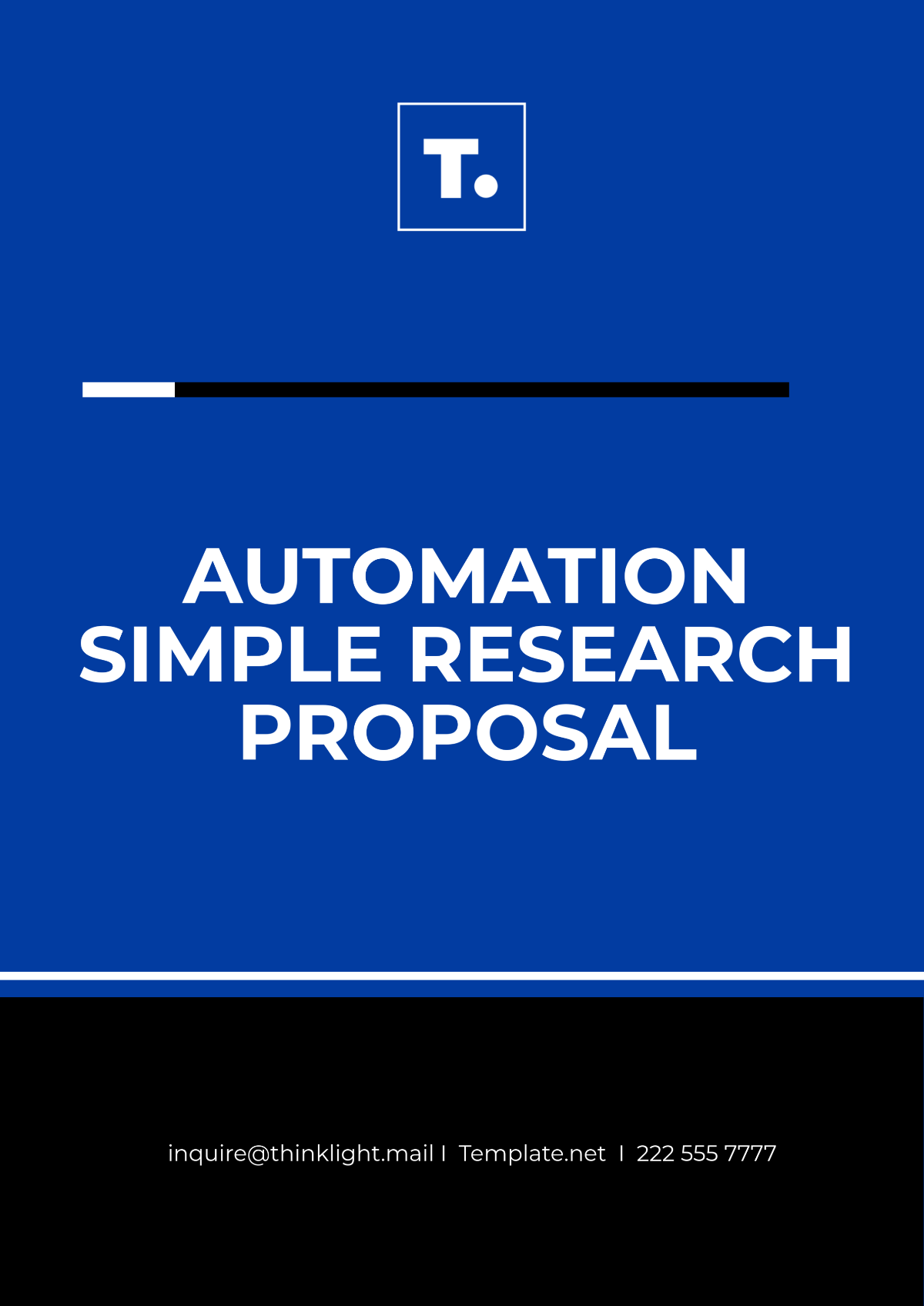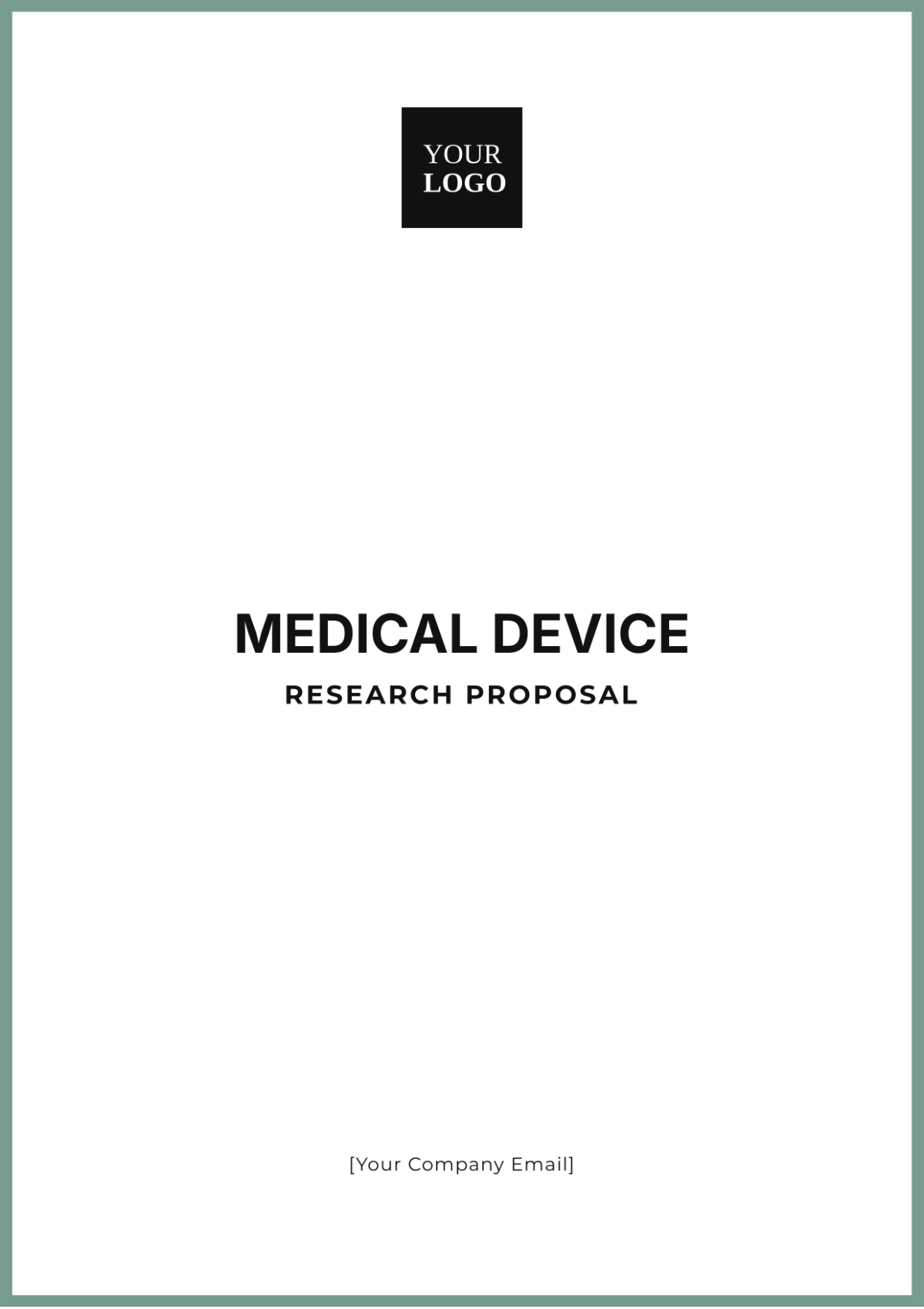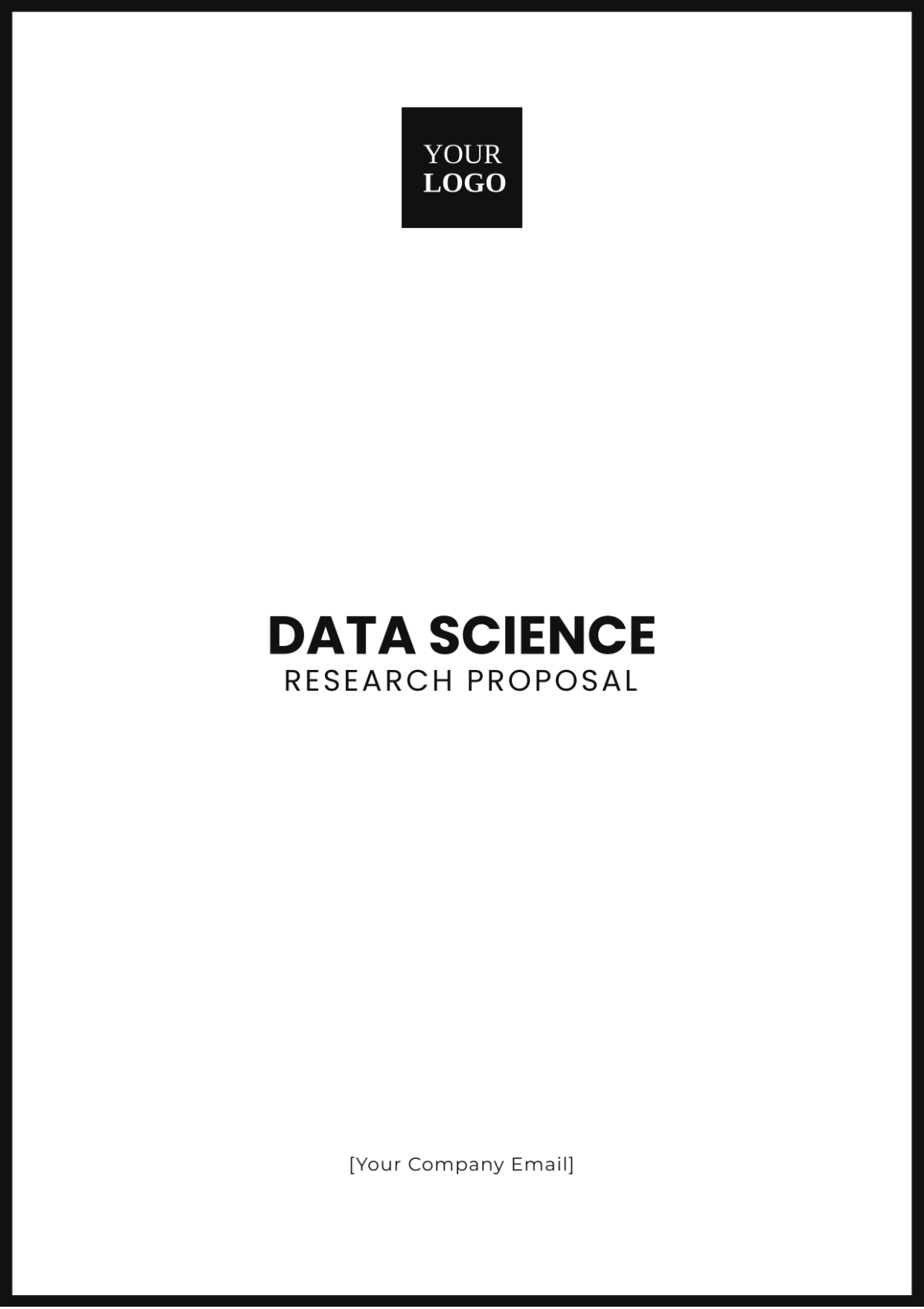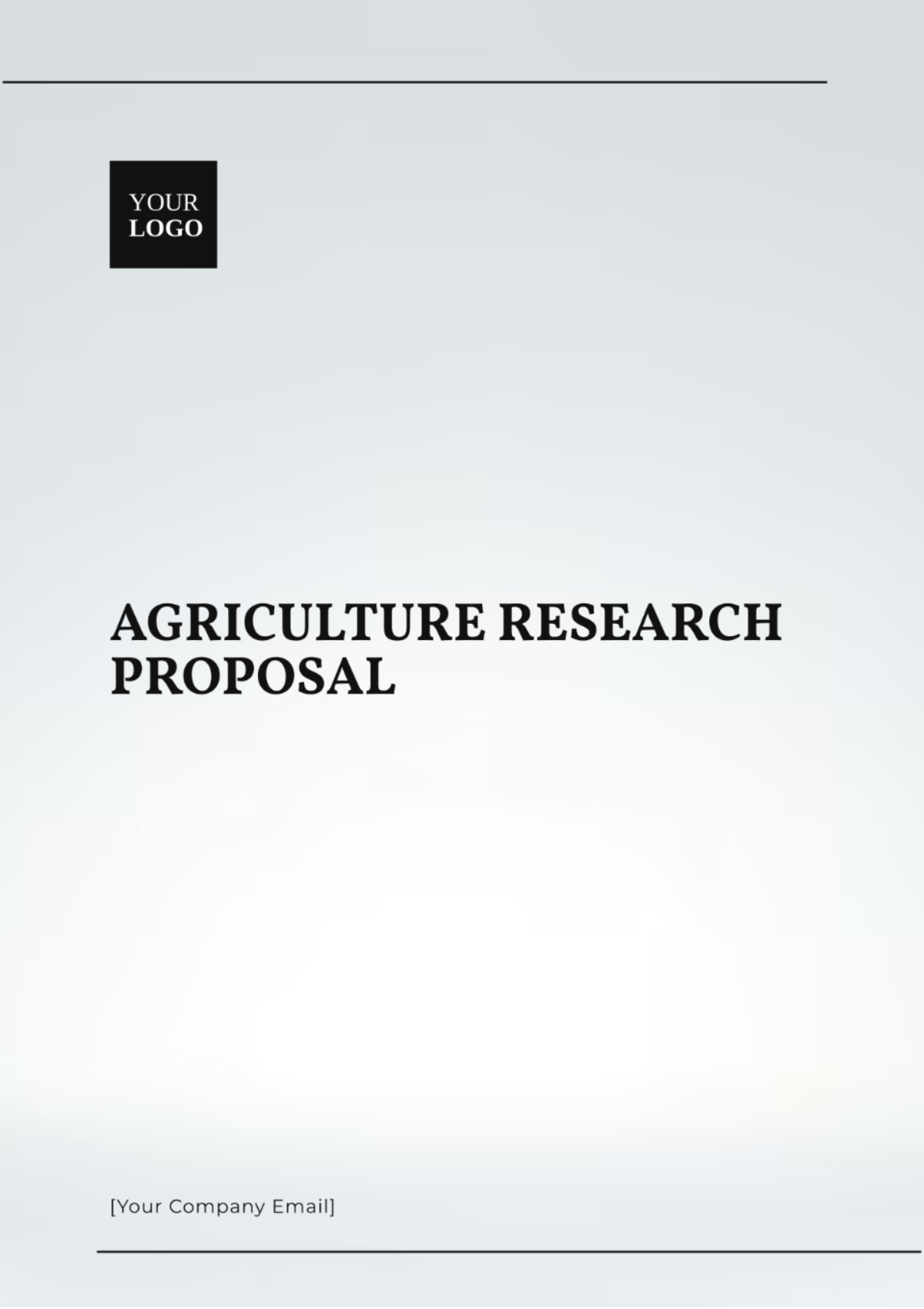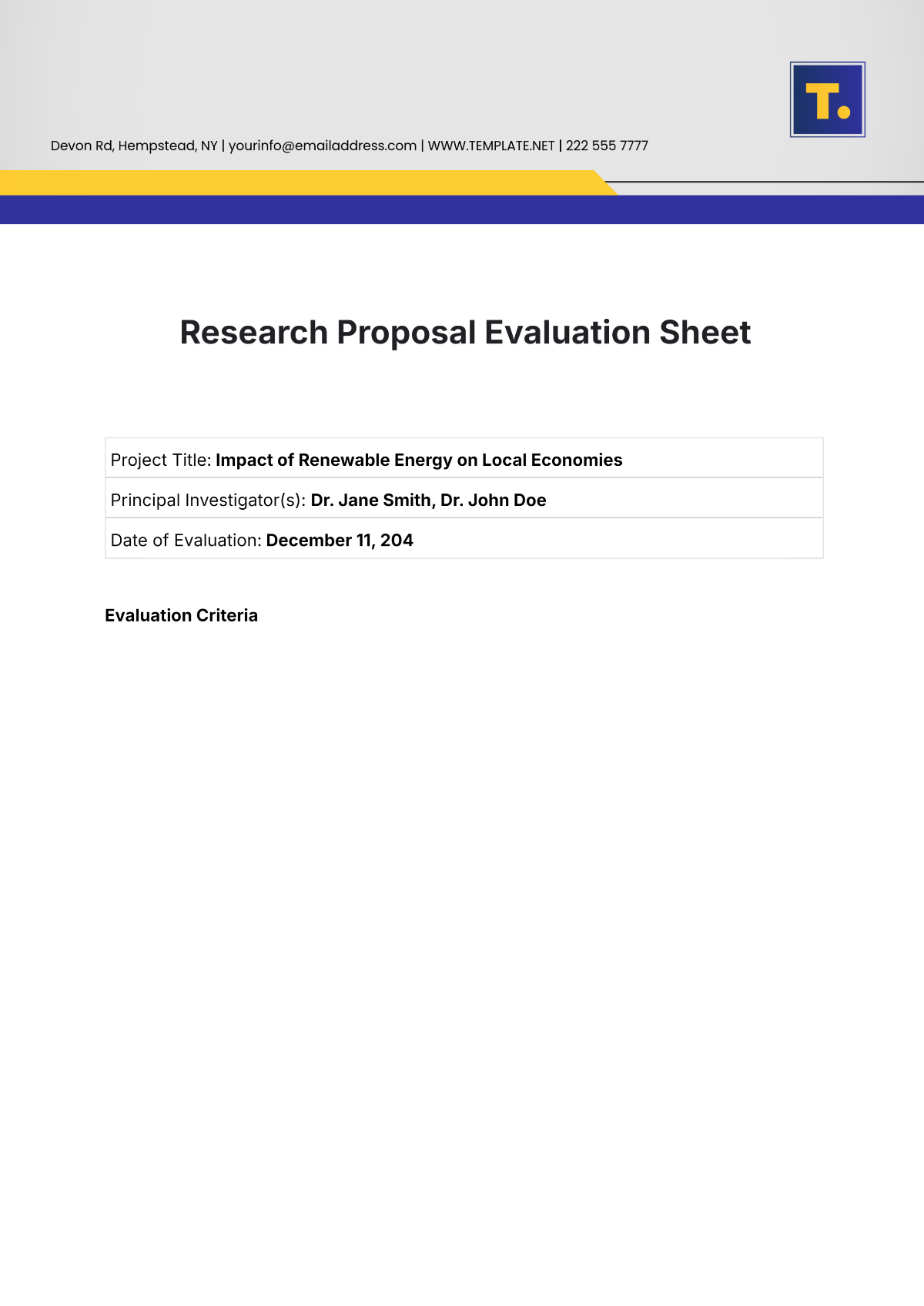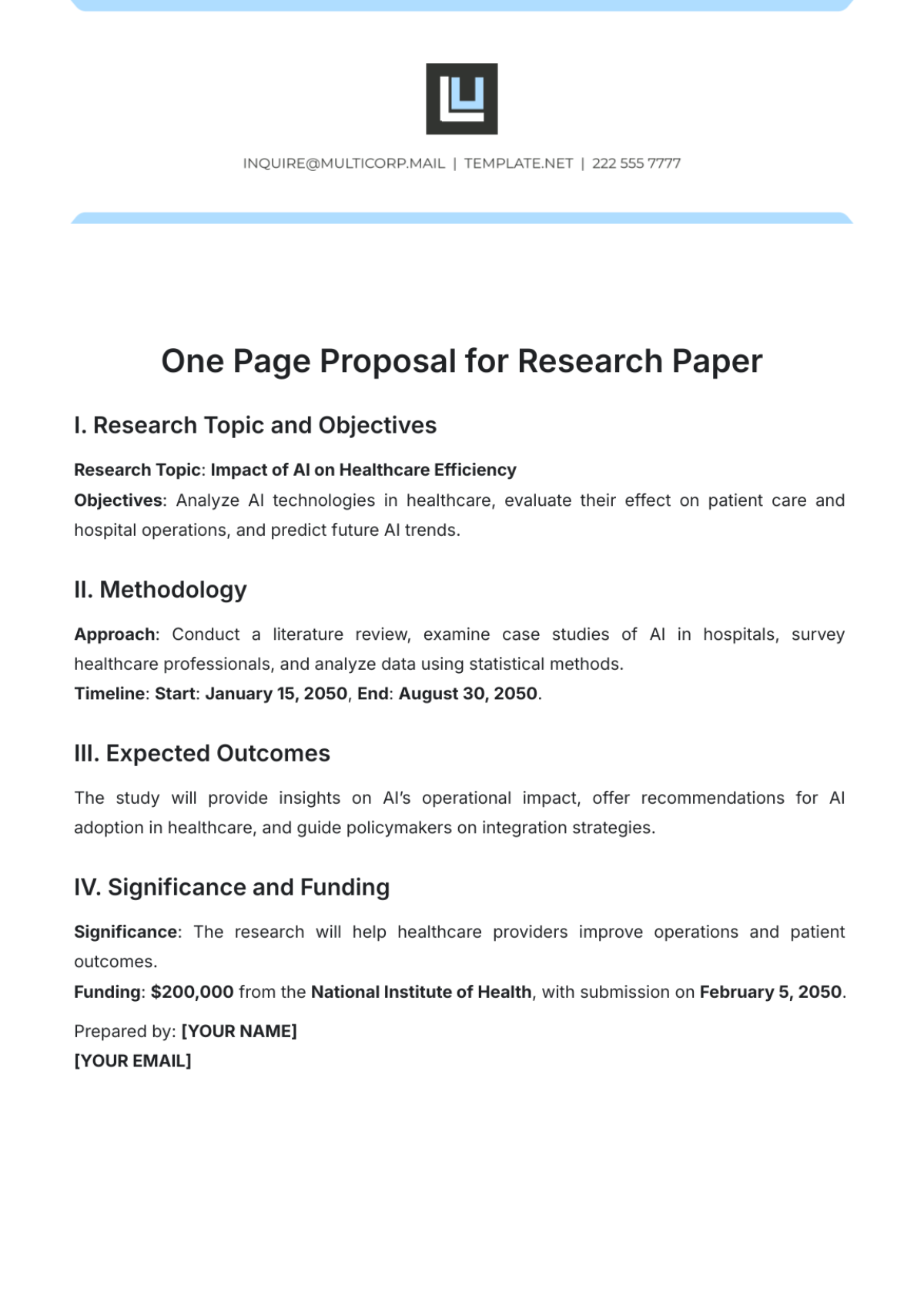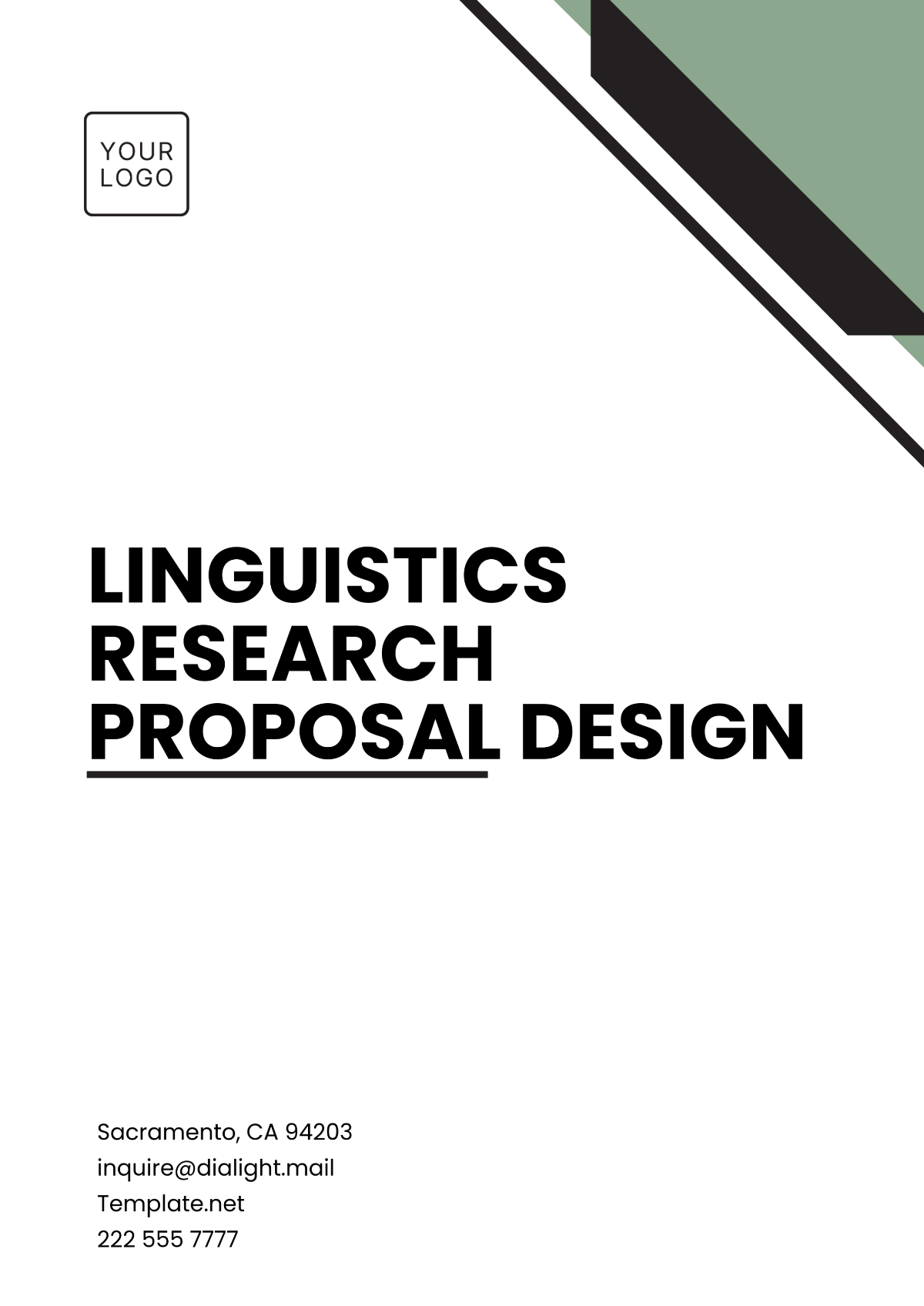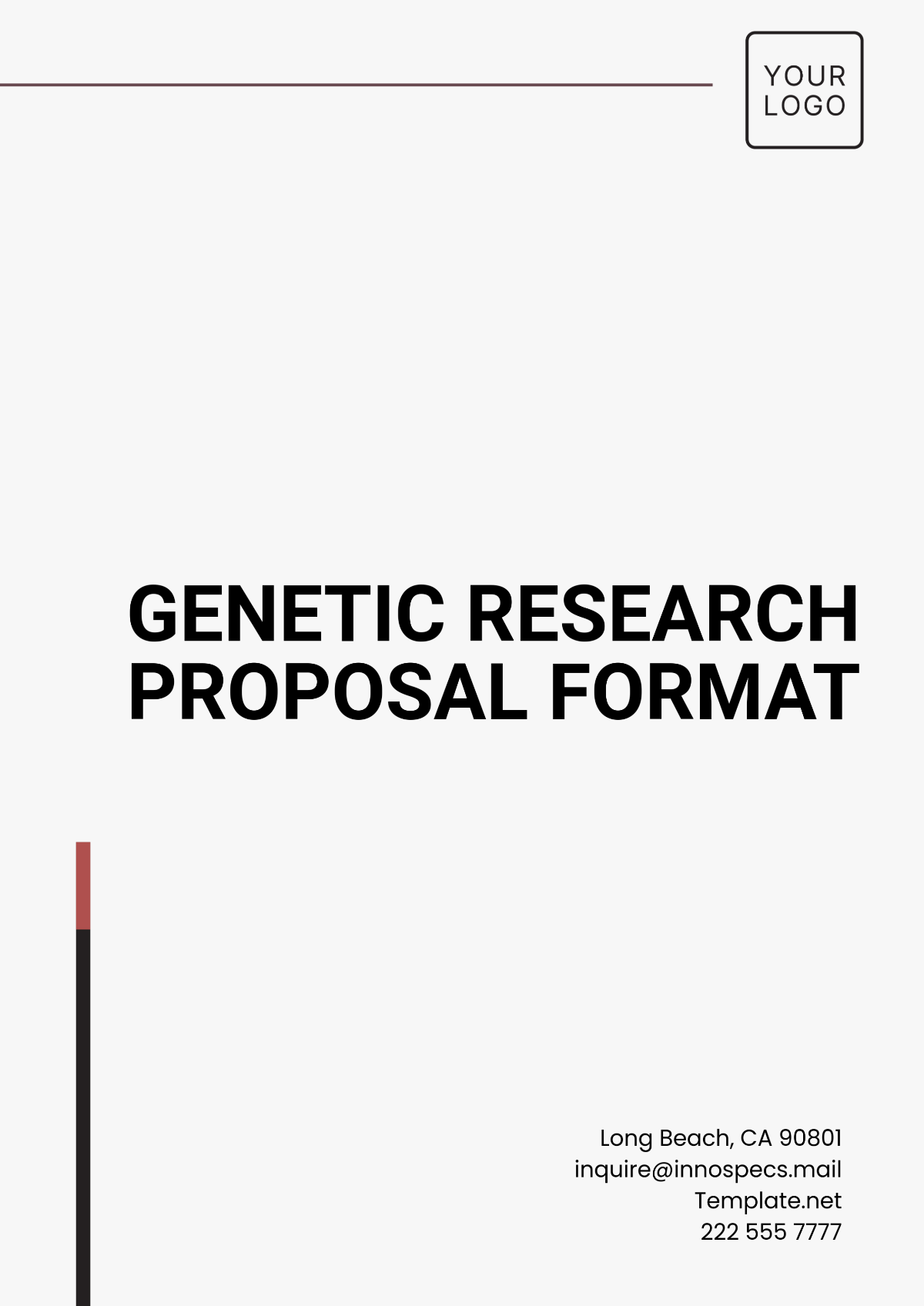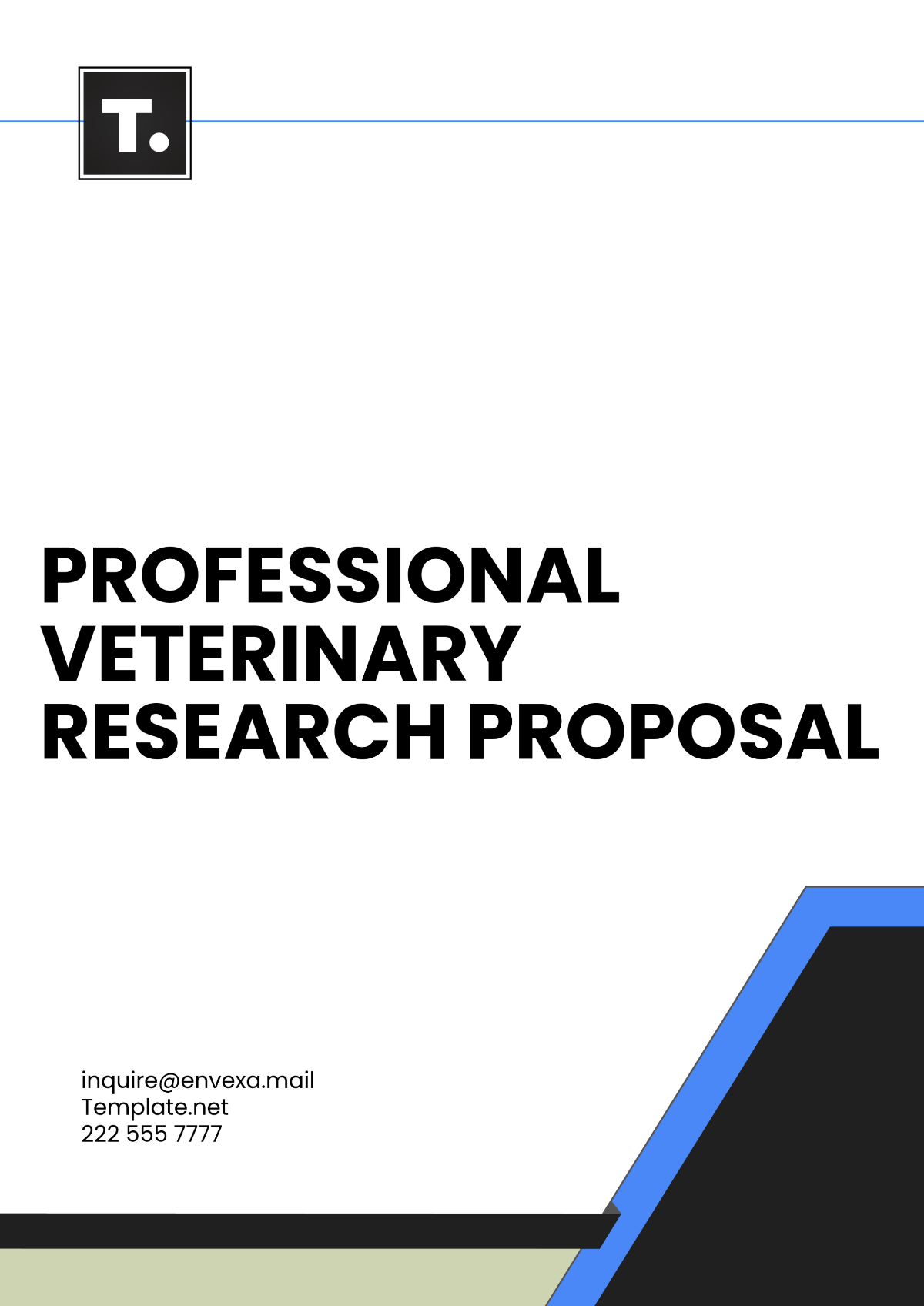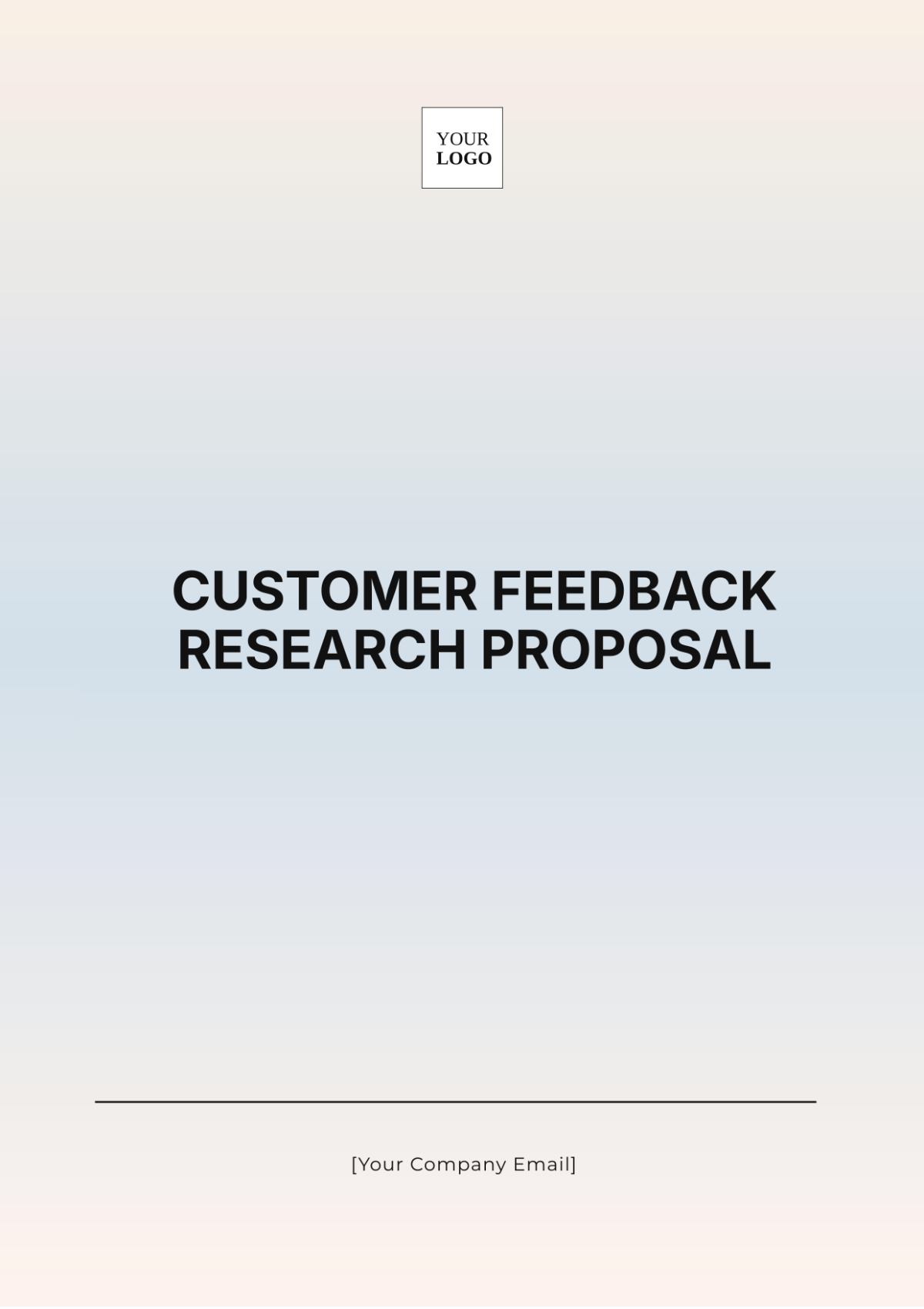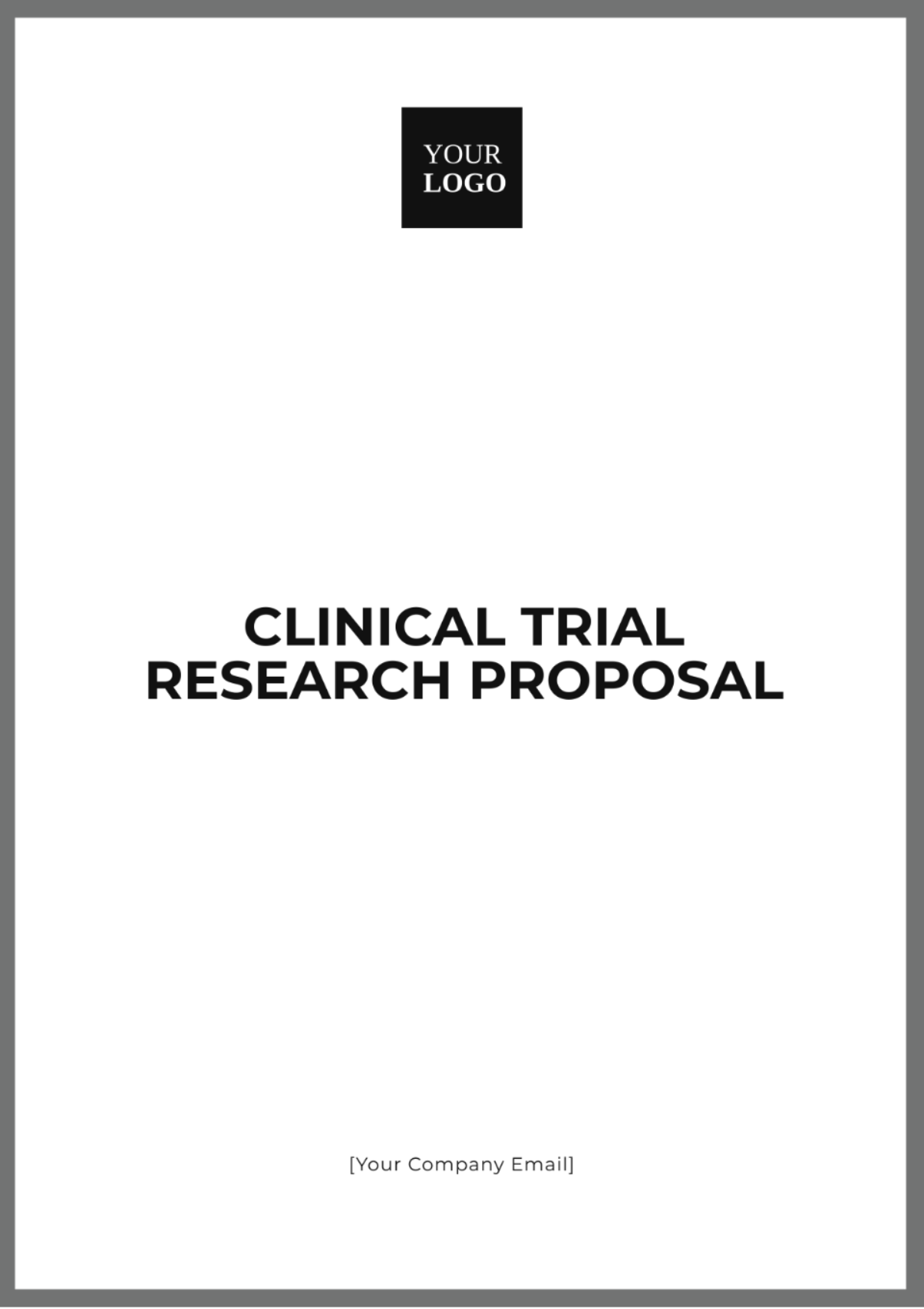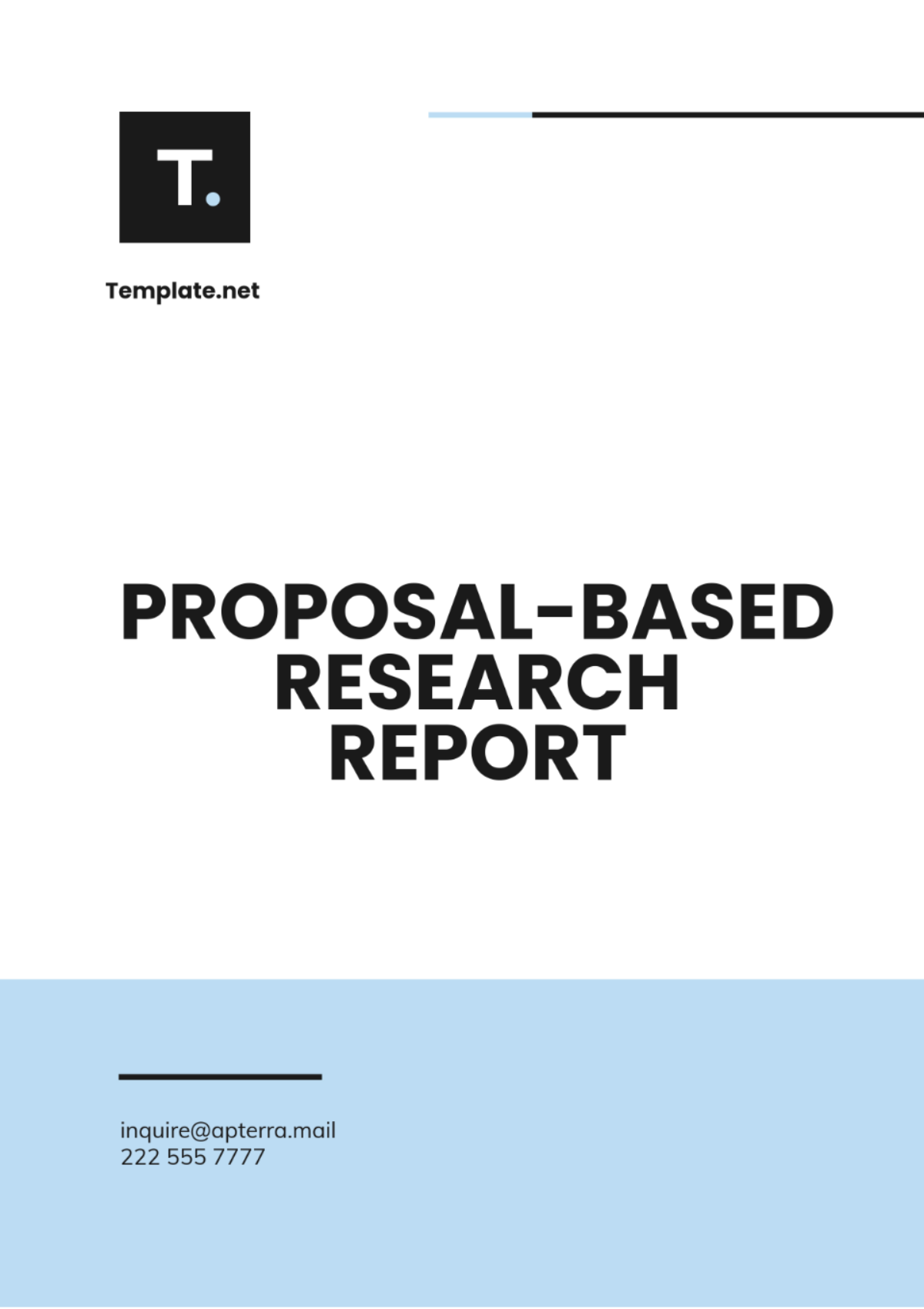Automation Simple Research Proposal
Title: "Implementing Robotic Process Automation (RPA) for Efficiency in Business Operations"
Researcher: [Your Name]
Date: [Date]
I. Introduction
Automation technologies have become crucial for improving efficiency and reducing manual errors in business processes. This research proposal aims to explore the implementation of Robotic Process Automation (RPA) in streamlining repetitive tasks within corporate environments. The study will assess how RPA can enhance productivity, reduce costs, and improve accuracy in data processing.
II. Research Objectives
To evaluate the potential of RPA in automating repetitive business tasks.
To identify the key benefits and challenges of implementing RPA in corporate operations.
To assess the impact of RPA on employee productivity and operational efficiency.
III. Research Questions
What business tasks are most suitable for automation using RPA?
What are the primary benefits of implementing RPA in business operations?
What challenges do organizations face when integrating RPA into existing workflows?
How does RPA impact the overall efficiency and accuracy of business processes?
IV. Methodology
The research will employ a mixed-methods approach, utilizing both quantitative and qualitative data collection techniques.
V. Data Collection
Literature Review: Analyzing existing research on RPA implementation in various industries.
Surveys: Conducting surveys with industry professionals to gather insights on RPA usage and impact.
Case Studies: Analyzing real-world examples of companies that have successfully implemented RPA.
VI. Data Analysis
Statistical Analysis: Using software tools to analyze quantitative data from surveys.
Thematic Analysis: Interpreting qualitative data from case studies and expert interviews.
VII. Expected Outcomes
The research is expected to reveal that implementing RPA can significantly reduce operational costs, enhance data accuracy, and free up employee time for more strategic tasks. Additionally, it may highlight the challenges, such as high initial costs and resistance to change, that companies might face during the implementation process.
VIII. Timeline
Task | Duration |
|---|---|
Literature Review | 1 month |
Survey Design and Data Collection | 2 months |
Data Analysis | 1 month |
Report Writing | 1 month |
Final Review and Submission | 2 weeks |
IX. Budget
Item | Estimated Cost |
|---|---|
Data Collection Tools | $1,000 |
Survey Software | $500 |
Travel for Case Studies | $2,000 |
Miscellaneous Expenses | $500 |
Total Estimated Budget | $4,000 |
X. References
Smith, J. (2053). The Impact of RPA on Business Operations. Journal of Automation Technology.
Johnson, L., & Patel, R. (2052). RPA: Transforming the Future of Work. International Journal of Business Automation.
Brown, K. (2051). Challenges in Implementing RPA Systems. Business Process Review.

